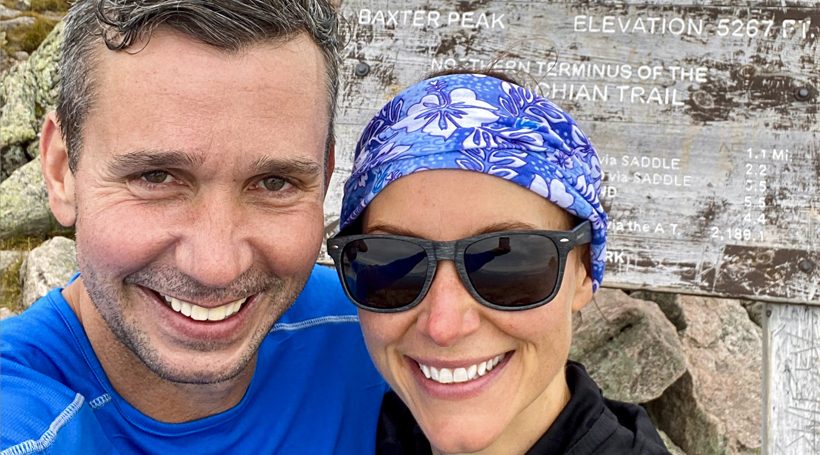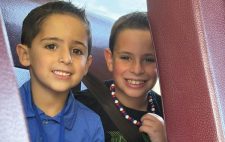Photography by David Michael Howarth
Most people wouldn’t think of spending 4 days wearing the same sweaty, increasingly dirty set of clothes, eating the exact same meal over and over, falling asleep surrounded by giant hornets and huge spiders, and walking 10 or more miles a day and call it a vacation.
But most people aren’t David Michael Howarth.
Late this summer, the longtime SJ Magazine photographer and his wife, Dale, were joined by 2 of their friends, Kelly and Jenn Kover, to hike a long section of the Appalachian Trail. It was a transformative experience for Howarth, and he now says he can’t wait to get back out in the wild.
It all started the summer of 2020, when the same group went to Maine to climb Mount Katahdin, the northern terminus of the Appalachian Trail – a footpath that is more than 2,000 miles long and runs along the east coast between Georgia and Maine.
That trip was an initiation for Jenn, Howarth says, and made the whole group eager to spend more time on the Appalachian Trail. “We started with a single camping trip then did this big epic summit hike to Katahdin,” Howarth says. “That was Jenn’s initiation, and that’s where she got her trail name, Shiraz, because she did a little whining.”
In the hiking community, and especially on the Appalachian Trail, every regular hiker ends up with a trail name – a nickname given to them by fellow adventurers.
“My buddy’s name is Bus Driver, my wife’s is Suzie, and I’m Poser, because I’m always posing for pictures,” Howarth says. “We did that Katahdin trip, and we were like ok, let’s talk about getting into the woods for a couple days.”
This year, they scoped out the section of trail that runs through Maryland, beginning right below the border of Pennsylvania, at the Mason-Dixon line.
“We thought it was a flatter section – but it’s not as flat as you think. We wanted this hike to kind of acclimate us to staying overnight. We wanted to see how people do being 4 and 5 nights out in the woods.”
The group packed as lightly as possible for the journey. “If you’re carrying more than 26 pounds,” Howarth says, “you’re doing it wrong. We wore the same clothes every day – that means pants, socks, shirts, underwear, all of it. At night, we’d change into sleeping clothes, but that was all we had. Me and my wife had a tent, and we each brought ultralight sleeping pads. We did have hiking poles, which I used about half the time.”
They also carried all the food they’d need to eat over the course of 4 strenuous, calorie-burning days. They had to keep that light too, which meant meals were very, very simple.
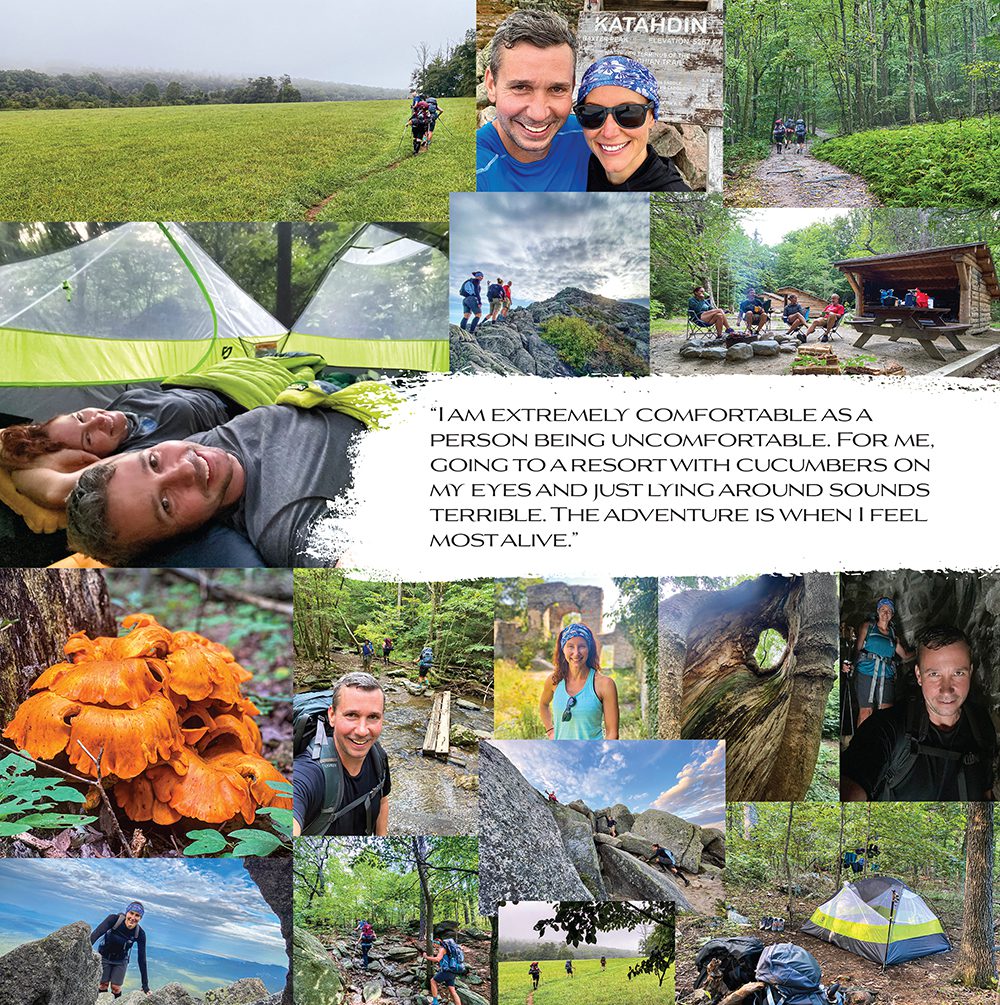
“We did freeze-dried food – about 800 calories worth – at dinner, and oatmeal, raisins and walnuts in the morning,” he says. “For lunch we packed flour tortillas with peanut butter and raisins, and we ate the same thing every day. We also had some trail mix, some bars and things. I came out of the trip 2 pounds lighter.”
Most of the weight on their backs was water. Howarth and his wife carried 2 large water bottles each, refilling them from streams and springs and purifying the water using a UV-light pen.
Each hiker carried some extras, too. Howarth’s friend Kelly is a physical therapist, so he was prepared to deal with any health issues that could arise.
“He always comes with syringes and medical equipment,” Howarth says, supplies that came in handy when Kelly developed severe blisters and had to treat himself in order to keep the hike going.
The group hiked more miles some days than others, as they moved south through the state of Maryland. “One day we smashed it, and did like 16 or 17 miles,” Howarth says. Other days were cut short. “Another day we were coming up on a campground that had a lean-to, and it started torrentially downpouring.”
Along the way, the group fell in with other travelers, many of whom were “through-hiking,” or walking the entire Appalachian Trail, from end to end, in a season. “We were moving along with some south-bounders,” Howarth says. “I thought it was interesting to see how people on the trail communicate with each other, ask questions, talk about water sources and campgrounds, that kind of thing. It’s this whole tight community of people.”
Of course, there are a lot of moments from the trip that stand out, many of them moments of fear or uncertainty. At one point, Howarth says, Jenn stumbled and fell into a beehive. Dale got one sting, but they managed to escape otherwise unscathed. Another night, giant cicada-killers – basically, hornets the size of a person’s thumb – were bouncing around camp, getting stuck between the group’s net tents and the rainflies on top.
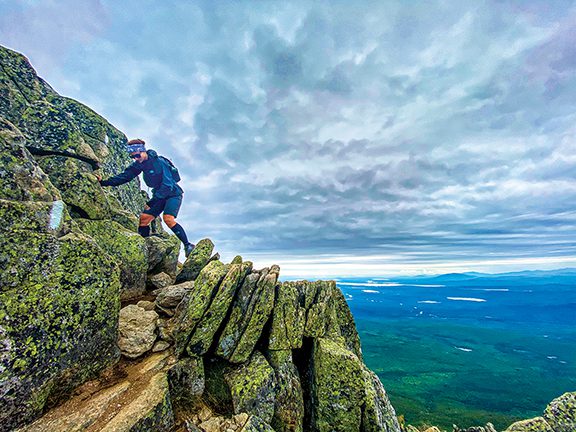
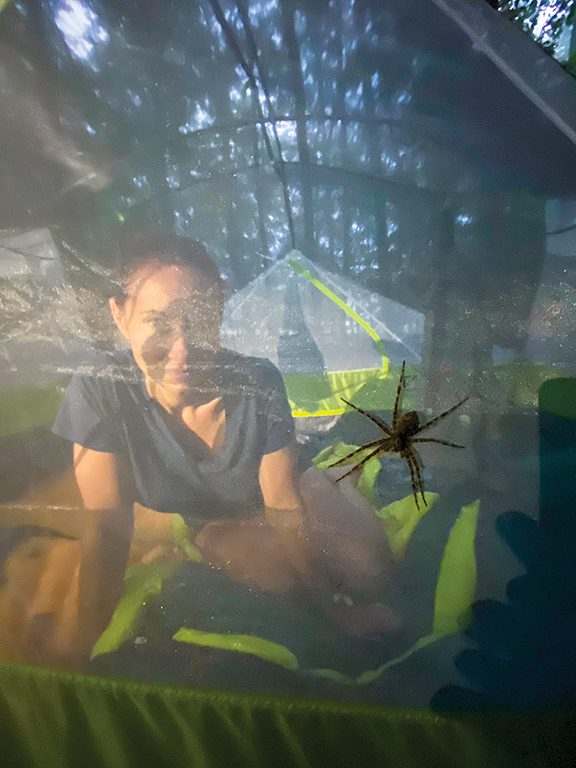
“One morning, we’d taken the rain cover off and there was a huge spider just sitting on our tent,” Howarth says. “I was like just leave it, we’ll work around it. But it was a big spider, the size of my hand.”
Not much about the natural surroundings makes Howarth nervous, though he does take some precautions to protect himself from other things with 2 legs.
“When I’m on the trail, I feel comfortable with my ability to handle myself,” he says. “Plus, I have a visible knife on me that people can see, in case anybody has any funny ideas. I didn’t feel creepy around anybody on this trip, but better to have a big knife and not need it.”
While not what most people would consider a relaxing getaway, for Howarth, the trip was just what the doctor ordered. He takes his fitness seriously, and competes in Spartan Races – extreme obstacle courses ranging from a few miles to much longer.
“Coming from that background and the things I do for fun, I am extremely comfortable as a person being uncomfortable,” he says. “For me, going to a resort with cucumbers on my eyes and just lying around sounds terrible. The adventure is when I feel most alive.”
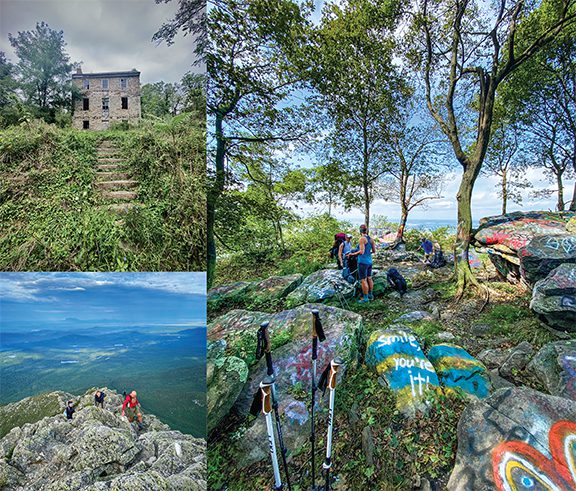
The 4 days on the trail really got him thinking, he says, about how little you really need to have a good time, and what it feels like to strip away the excess and get back to the essential.
“The thing for me that was unique about this whole experience is the idea of just kind of stripping everything down to its bare bones, and having only what you need,” he says. “You can go out and actually enjoy it, and understand just how little you really require. I came back and looked around our house and was like, god, how many coffee cups do we have?”
Ultimately, Howarth says, the trip was just about getting out into the natural world and learning about the trail and about themselves.
“My favorite moment actually was the one night we spent sleeping under the stars without the rainfly on,” he says. “We have this ultralight tent that’s basically just a mesh net. It was like the sky had a flashlight and was shining it in different directions through the trees. I have a picture of us waking up the next morning at sunrise. It was magical.”
That’s one of just a handful of pictures he has. Because while Howarth is typically glued to the lens and goes very few places without his camera (plus lenses, lights and all kinds of accessories), on this trip he only had one camera: the one on his iPhone. Leaving the camera behind was a choice he doesn’t regret at all.
“There was this huge snake we saw,” he says. “It was 3, maybe 4 feet long. As a professional photographer, your instinct is to grab your camera and take a hundred photos of the snake as it crosses the trail. But I was like, you know what, I’m just going to enjoy the snake. So I don’t have any pictures of it, and that’s unusual for me. The Appalachian Trail did that for me. It showed me that some moments are just for me.”


